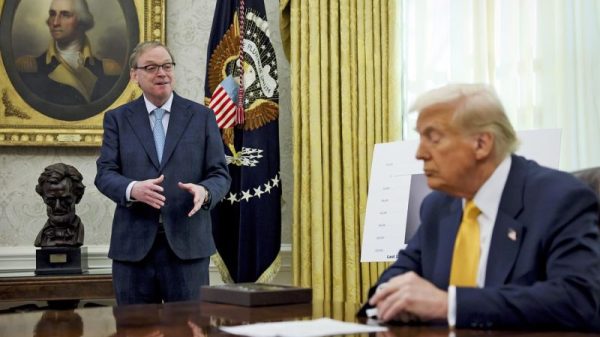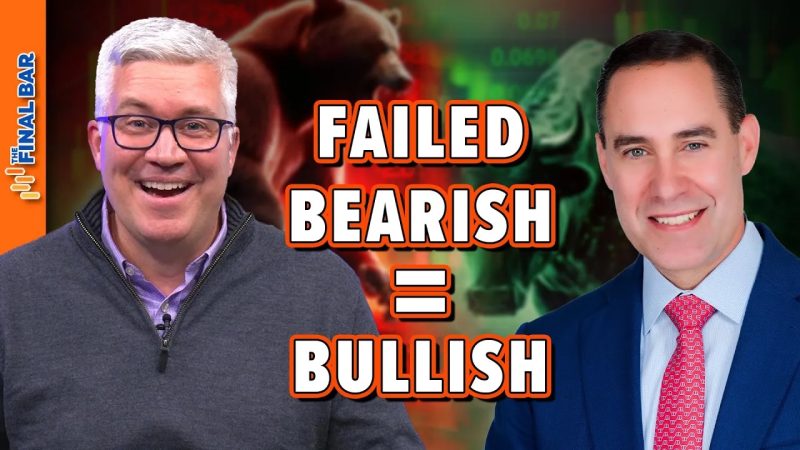In the realm of technical analysis, market patterns are often scrutinized to predict future price movements. Bearish patterns, which are typically interpreted as indicators of potential market downturns, hold significance for traders and investors. However, what if failing to materialize bearish patterns turns out to be a bullish indication for the market? This intriguing concept challenges conventional wisdom and provides a unique perspective on interpreting market trends.
Understanding the dynamics of bearish patterns is essential for market participants seeking to make informed decisions. Patterns such as head and shoulders, double tops, and descending triangles are commonly observed during bearish market phases. These patterns are believed to signal a reversal in the current uptrend, projecting potential downward movements in the security or index being analyzed. Traders often use these patterns as a basis for establishing short positions or exiting long positions to shield themselves from potential losses.
Contrary to the traditional interpretation of bearish patterns, the notion that failed bearish patterns could actually be bullish for the market introduces a fresh angle to technical analysis. When a bearish pattern fails to materialize and the expected downward movement does not occur, it suggests a lack of selling pressure or market participants’ unwillingness to drive prices lower. In such instances, market sentiment may favor continuation of the prevailing uptrend or even indicate a potential bullish reversal.
One possible explanation for the bullish implication of failed bearish patterns is the concept of trapping eager bears in the market. As traders anticipate a bearish scenario based on the formation of a recognizable pattern, they may initiate short positions or sell off existing holdings, expecting prices to decline. However, if the expected downturn does not materialize and prices instead continue to climb, short-sellers are caught off guard and may be forced to cover their positions by buying back the securities they sold short. This scenario can lead to a rapid surge in prices, driving further momentum in the upward direction.
Moreover, the failure of bearish patterns may also indicate underlying strength in the market or the security being analyzed. If price action disregards the expected pattern and continues to demonstrate resilience in the face of bearish signals, it could signal a robust bullish sentiment among market participants. This defiance of conventional patterns highlights the unpredictability and dynamic nature of financial markets, emphasizing the need for adaptability and a nuanced approach to analysis.
In conclusion, while bearish patterns are traditionally viewed as signals of potential market downturns, the interpretation of failed bearish patterns as bullish indicators offers a thought-provoking perspective on market dynamics. Traders and investors should remain vigilant and adaptable in their analysis, considering both traditional indicators and alternative viewpoints to gain a comprehensive understanding of market trends. By challenging established norms and exploring unconventional interpretations, market participants can enhance their decision-making processes and navigate the complexities of financial markets with greater insight and agility.


































